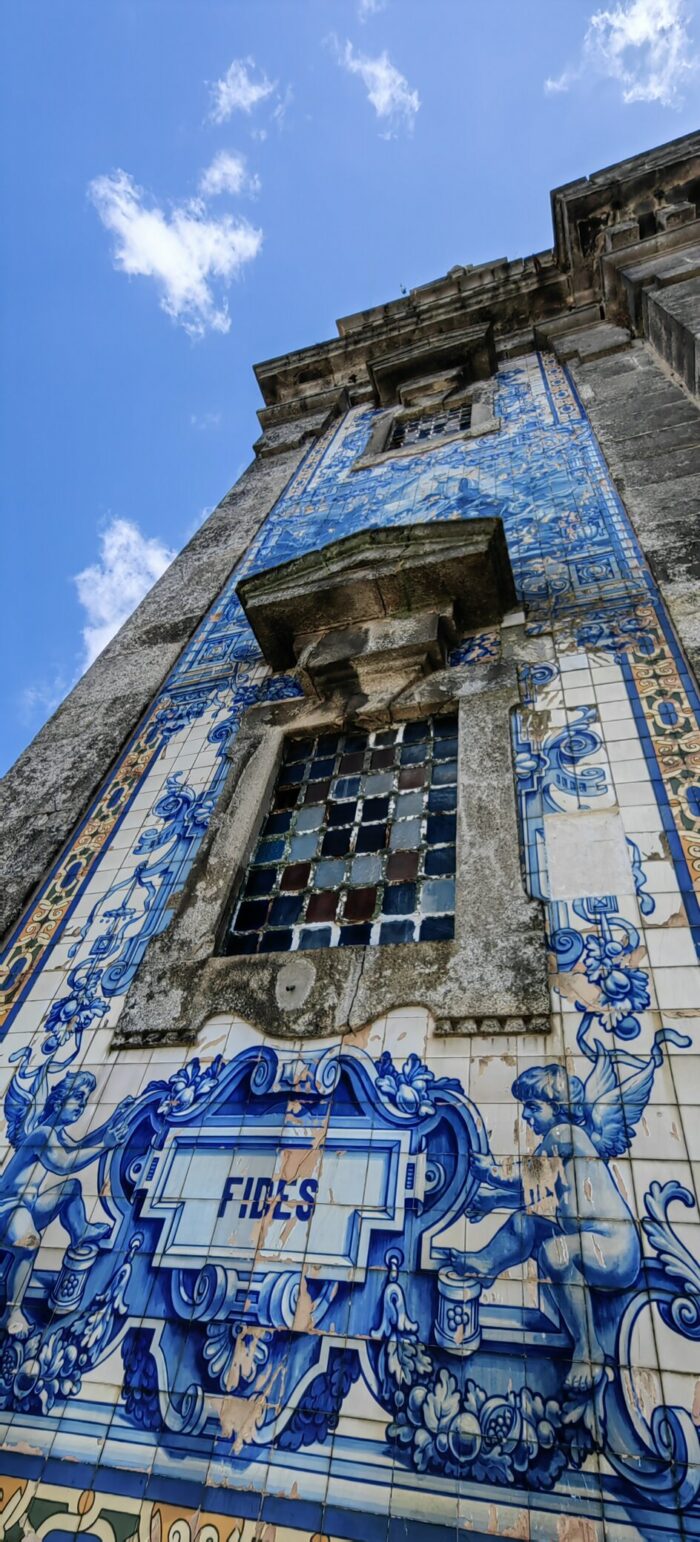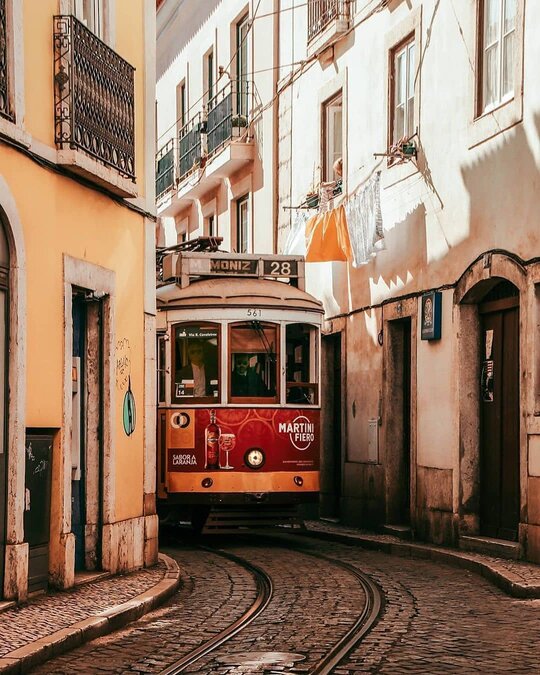Cobalt blue, turquoise, sapphire flowing into each other in crystal clear water: a mesmerizing, pristine lagoon extends in front of me. A warm breeze is blowing around my ears and a gentle sunshine is kissing my skin. I spot a glittering white sandbank in the middle of the lake and a few small islands covered by lush mangroves that stretch their long, robust roots into the water. Around the lake, I see towering trees and barley and, luckily, no enormous buildings, yet. Only a few two-story hotels are located right at the lake’s edge. I throw my towel onto a beach chair and jump in the water, which embraces me right away. A few fish come to greet me. I can only stand on a few rocks here because I have entered the lake at one of its deepest spots—a cenote, i.e. a natural sinkhole within the lagoon. I start swimming to the sandbank. As I arrive, my feet first touch clay-like, white mud, which, as I make my way through it, turns into white sand and eventually into a wetland. Walking on the wetland is prohibited to protect the nesting endemic birds. Their chaotic chitchat sounds like a warm welcome.
The Bacalar lagoon, also called the seven-color lagoon, is located about three hours south of Cancun, Mexico. Its colors and warm water give it a magical touch, but they don’t represent the true value of it. The actual jewels of this lake are the stromatolites, layered deposits formed by blue-green algae, also known as cyanobacteria that produce oxygen. Stromatolites have been found in 3.5- billion-year-old rocks; in fact, blue-green algae were the first beings on this planet to produce oxygen, which in turn allowed Earth’s atmosphere to form.
Despite the fact that the cyanobacteria in the Bacalar lagoon are still producing oxygen today, no one knows how much longer they will last. Unfortunately, many new hotels and houses might be built right at the lagoon to host the increasing number of both domestic and international tourists. A big reason for the increase in tourism in this area is sargassum, a type of marine algae: Due to ocean acidification, rising water temperatures, and agricultural runoffs, sargassum is blooming and washing up on the beaches in Cancun and Playa del Carmen. Disgusted tourists then turn toward cleaner, still virgin places, such as Bacalar. Consequently, locals and foreign investors see business opportunities in Bacalar, and instead of building ten-room cabins, they hope to build 400-room hotels and place more diesel motorboats in the lagoon. More hotels also mean more sewage and trash, all of which could end up in the lagoon, if it is not dealt with correctly. When I was driving on the road around the lagoon, the harsh cacophony of sewage construction stood in jarring contrast to the primordial landscape. However, as the owner of our eight-room hotel told us, the new pipelines are definitely not wide enough and won’t suffice if more people arrive.
Tourism is an important source of income for Mexico, so the government doesn’t seem interested in declaring the lagoon a natural reserve and restricting visitors completely. Nonetheless, an option would be to promote highly controlled eco-tourism in this area, similar to how it is being done in the Galapagos. In Bacalar, eco-tourism could imply regulations as simple as setting up water bottle refill stations, limiting the number of disposable water bottles the hotels give out, and asking guests to use biodegradable sunscreen. Greater protection of the lagoon, however, would come from limiting the number or at least the size of new hotels. Additionally, there would be a need for a planned sewage treatment systems not draining into the lagoon and a waste recycling facility, or at least enough trucks to transport the trash to recycling facilities and landfills. To cross the lagoon, only sailboats or (solar-powered) electric boats should be permitted to avoid gas and oil leakage. Ideally, the hotels would also try to set up their own orchards, like the retreat hotel Akalki in Bacalar has already done. This would reduce the transport (and hence CO2 emissions) of massive amounts of food needed to feed the tourists, staff, and locals in this area. Perhaps even a new policy could mandate that each new hotel have an orchard or leave a certain amount of hectares untouched. Fortunately, hotel chains are already prohibited in Bacalar.
Though fewer lodgings would mean fewer tourists, Bacalar wouldn’t necessarily have to face financial losses. People truly aware of the value of the lake would be willing to pay for a more expensive room or boat ride. In the Galapagos, about half of the money people pay to take a cruise ship around the islands goes to the Darwin Foundation dedicated to the preservation of the islands. A similar approach could be taken in Bacalar: either a new foundation or government officials could ensure that the lagoon is kept clean, that no diesel motorboats are used, and that no illegal trash dumping takes place.
The above-proposed solutions to preserve the Bacalar lagoon might seem doable, but the truth is that they face fierce opposition from policymakers and businesses. This is why raising awareness of the threats to Bacalar is so critical. The Bacalar lagoon is not only worth protecting because it is a weekend getaway. Its mud is not only important because it can serve as a skin treatment. No, most importantly we need to protect the lagoon’s cyanobacteria as a yet unexplored solution to absorbing carbon and releasing oxygen, just as its ancestors first enabled life-sustaining conditions some 2.45 billion years ago. The color of Bacalar reminds us of the origins—and the resilience—of our Blue Planet.
Related: Why Ocean Currents Are The New Frontier In Renewable Energy
Smart Homes Are Bad For Your Health—& The Planet. How It’s Speeding Up Climate Change
Get more like this—Subscribe to our daily inspirational newsletter for exclusive content!
__
Photo: Tatiana von Rheinbaben





